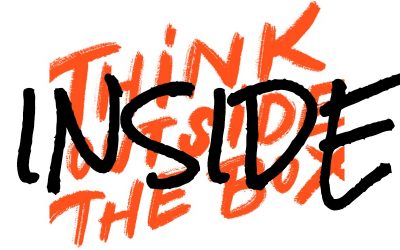Picking the best social media platforms
You want your business to use social media, but you don’t know where to start. There are so many platforms to choose from, are you supposed to have a presence on all of them? The good news is that you only need to pick the few that best fit your needs.
Social media is a not optional anymore. It is important to build awareness of your brand and business. Social Media is where your customers, and your potential customers, expect you to be. It’s as important as your store front or website, giving them a window into your business. It’s an excellent marketing tool that is cost-effective and helps your brand grow. It enables you to gain valued insights about your customers and community. It allows you to get the first word in about your brand.
Before choosing a platform, you need to answer a few questions:
- Do you want to raise brand awareness?
- Do you want to start a conversation with your customers?
- Do you have content that you want to post to encourage leads and sales?
If yes to the above then social media is for you. But, remember, it also depends on the amount of time and effort you can realistically devote to the task.
1. What is your brand voice?
Spend time deciding your brand’s voice and figure out what platforms best match it.
2. How do you want to tell your story?
Social media is about story telling. How will you tell your story? Words? Pictures? Both? Some social media platforms focus on words, some on picture and some both.
If you have a food business, Instagram may be a good platform for you because you can post engaging food images. Twitter may be the best bet if you are a financial business and wish to share information in a more real-time environment. Think about all the platforms out there. Which ones best fit?
3. Who are you connecting with?
Think about your customers. What social media platforms are they on? On which ones do they spend the most time?
4. Where is your competition or industry?
Go to their websites, and follow their social links. Observe the interactions. Are they still active? Often you will find posting has stopped after the first enthusiastic burst.
Make note of where they are not. Don’t disregard an absence, it might be an opportunity for you!
5. How much time do you have?
Will you have the time to consistently post and engage with your community? If you don’t, you need to restrict the number of platforms you target to at most three.
Choose one platform that works best based on the type of posts you plan to publish and your time constraints in preparing and scheduling (if possible) them. Then share the same content on a couple of others. Don’t forget to factor in the need to interact with customer who comment on your posts and engage with you on the platform via messages or reviews.
Whatever you do, once you start do not stop. An active presence lets your customers know that you are a brand that values their ongoing communication and interaction about your business.
Finally, remember that the social platforms you choose could be your customers first interaction with your business. You should choose the ones that will make your products and services stand out and help your brand to grow.




